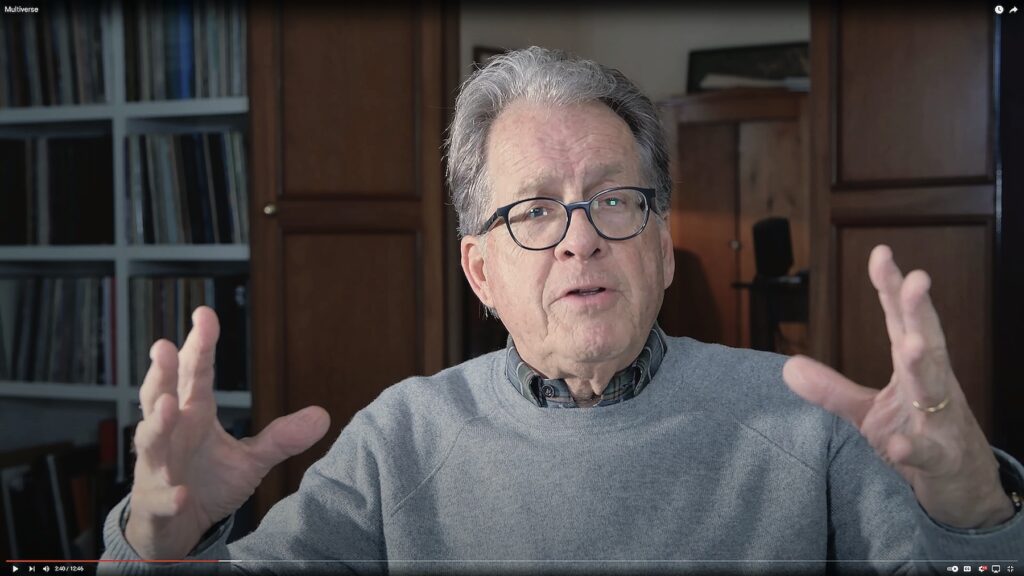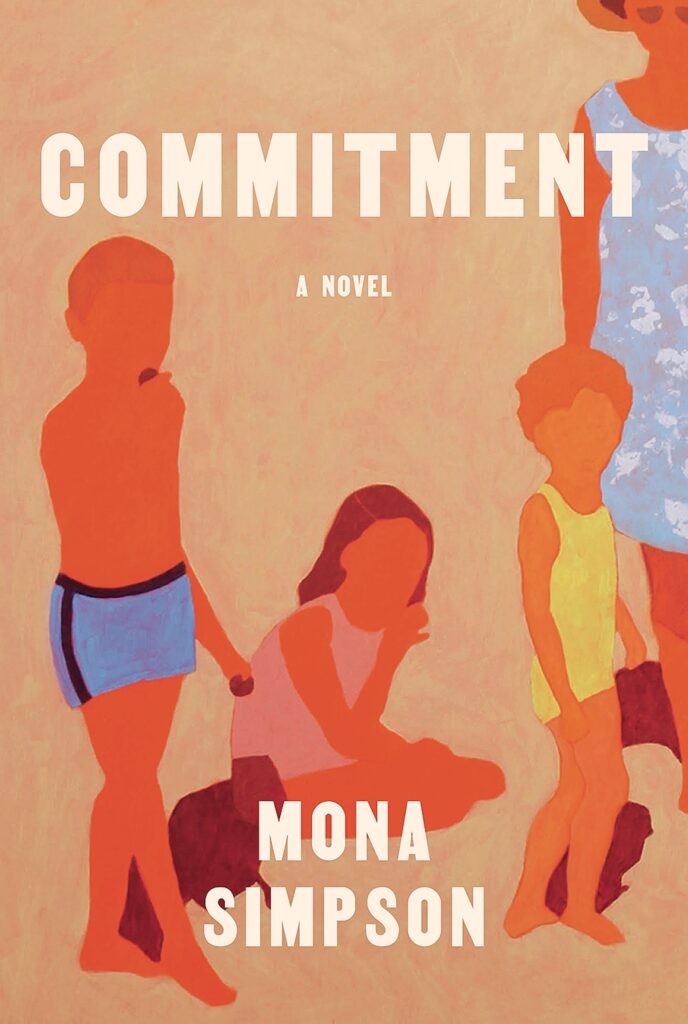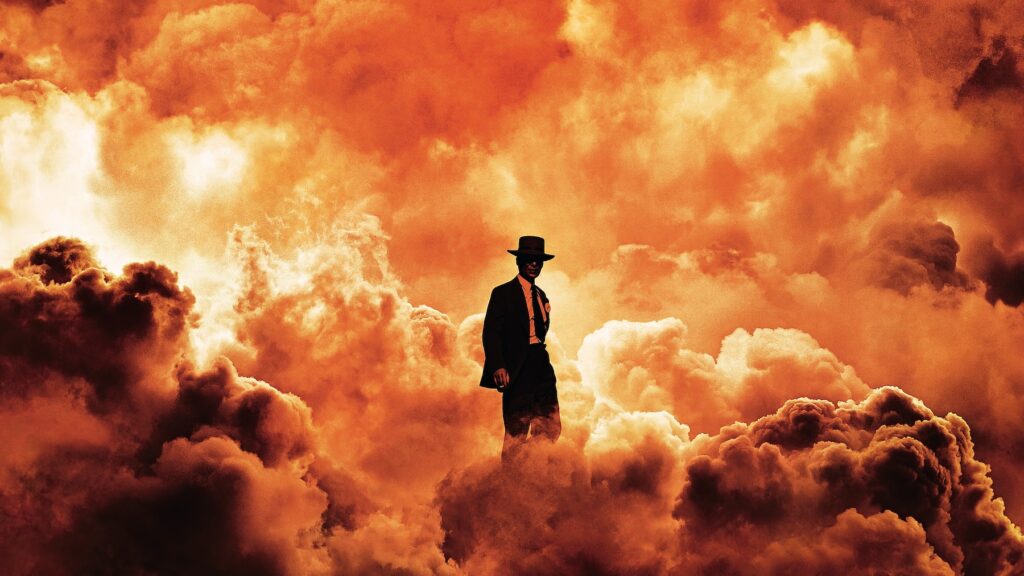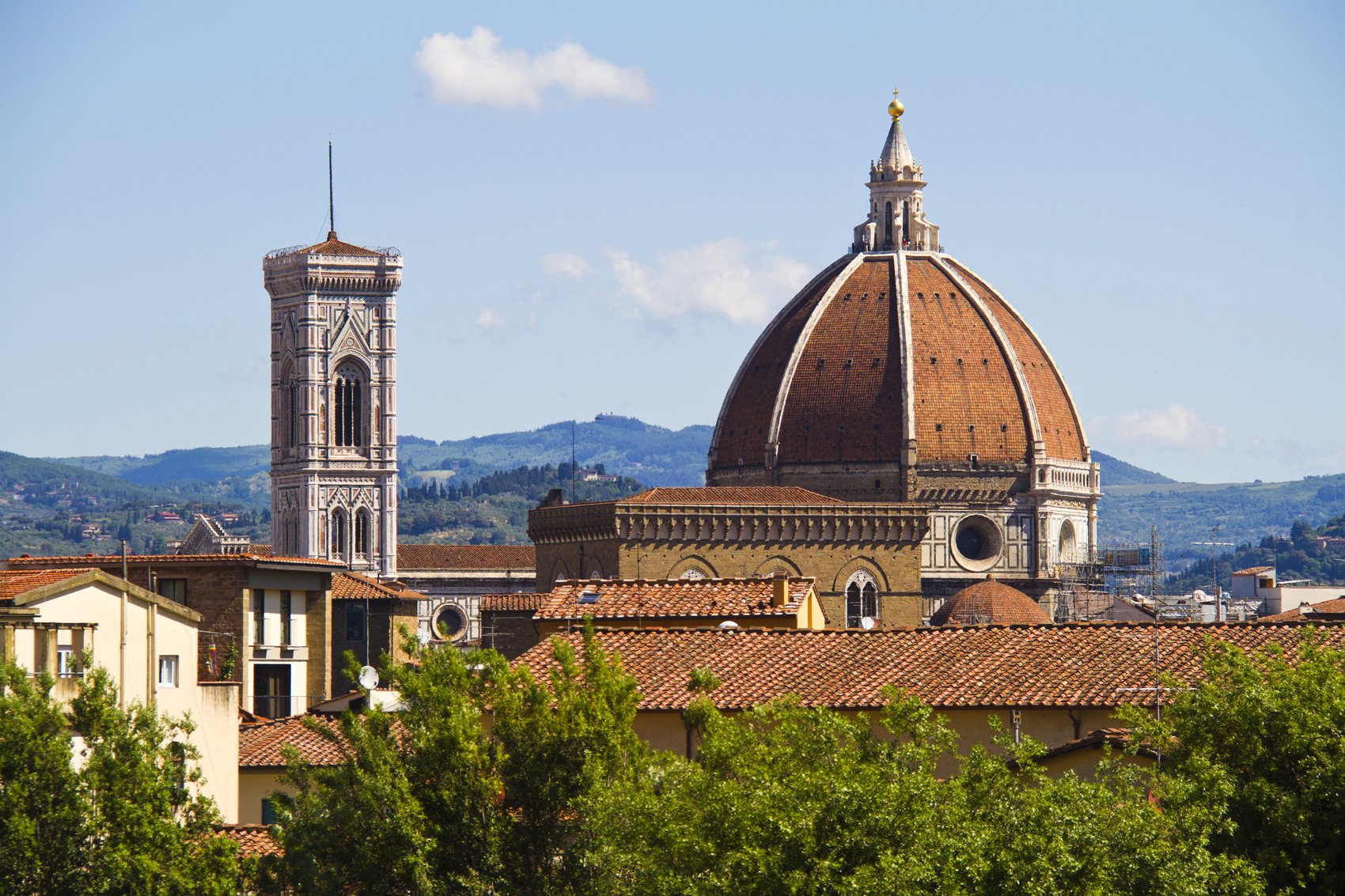“Climate, Hope & Science”
Greater Good Science Center

After a winter of historic floods, tornadoes, and cold fronts, you could be forgiven for feeling twinges of climate despair. Perhaps investing in that new electric stove or switching to almond milk has started to seem downright Sisyphean.
Well, the experts at the Greater Good Science Center get it. And they want to help you turn those feelings into action. In their new podcast miniseries, “Climate, Hope & Science,” the team at the center is injecting a dose of positivity back into the conversation around climate.
“First of all, you’re not alone,” says Science of Happiness executive producer Shuka Kalantari. “Second of all, we’re not trying to alleviate your anxiety. We’re trying to reframe.” The challenge, she says, is: “How can you use tools to empower yourself to be of the mindset that you can act and you want to act and you know acting is useful?”
The three-part series debuted on Earth Day with a conversation between author Rebecca Solnit, M.J. ’84, and host Dacher Keltner, and featuring Berkeley climate change scientist and forest ecologist Patrick Gonzalez, Ph.D. ’97. Subsequent guests include poet Tomás Morín and musician Diana Gameros who grapple with questions like: Do small, individual actions really matter? Can taking care of ourselves really help the environment? And, how can we manage our climate doom?
“There’s wisdom in climate anxiety,” says producer Haley Gray. All of these complicated feelings—anger, confusion, frustration—she adds, are “motivating and useful … the idea is to make peace with them.” And then, of course, to get to work.
Tune in wherever you get your podcasts.
Rocky Hill Lectures

Have a little spare time? Want to be smarter? Here’s something you can do: Go to YouTube and call up Timothy Ferris’s Rocky Hill Lectures, so named because he started the project while quarantined at Rocky Hill Observatory, his private stargazing structure in Sonoma, during the pandemic. A Berkeley professor emeritus of journalism and revered science writer, Ferris is a true polymath whose normal beat is the universe. His books on cosmology include Coming of Age in the Milky Way and The Whole Shebang. In these compact lectures (most are shorter than 10 minutes), Ferris discourses on all manner of big topics—everything from time travel and quantum theory to liberalism and cynicism. The lectures are breezily erudite and blessedly compact—long enough to stimulate, not so long as to bore.
Commitment
Mona Simpson

Money may be a poor subject for polite conversation, but that which stalls dinnertime repartee breathes fresh life into fiction. In her seventh novel, Commitment, celebrated author Mona Simpson doesn’t hesitate to cut through the pleasantries in favor of something a little more real.
The domestic situation of siblings Walter, Lina, and Donnie is already tenuous when their single mother’s rapid decline into catatonic depression leaves them scrambling for shelter. Walter, whose freshman year at Berkeley coincides with his mother’s institutionalization, is torn between self and family, adventure and duty. The university itself poses a similar dilemma: Is college a place to find your muse or to punch your ticket to the middle class? Walter hedges his bets, splicing time between architecture (the muse) and medicine (the money). He recalls visiting the home of a cardiologist, where the door “opened to a spacious room of light and warm clutter. Walter wanted that.”
Shelter is more than the walls Walter sketches in his architecture notebook; we see how it dictates our destinies, down to the zip code their mother falsifies to gain her children access to better public schools. Shelter is their mother herself, albeit a fragile one each child struggles to patch and repair.
Commitment is ultimately a reckoning with the American dream, and the reader will find themselves cheering this family on as they fight to gain entry to that spacious imagined home—whether by invitation of the front door, or by stealth, slipping through the back window.
The Scale of Hope
Molly Kawahata ’11

“You don’t try to climb something that’s literally impossible,” says Molly Kawahata at the beginning of The Scale of Hope, a new documentary from Patagonia, the activism-oriented outdoor retailer. “You have to know that you could get to the top. In the climate movement, we need to do the same.”
The film follows the Cal alumna and alpinist as she prepares for an ice-climbing expedition in Alaska. Along the way, viewers learn about Kawahata’s experience as climate advisor to the Obama White House and her personal struggles with bipolar disorder, experiences which lend to her resolve both in terms of climbing and tackling global warming. She contends that leading with hope, as opposed to fear and guilt, allows everyone to be a part of the climate movement, not just those who can afford to green their lives.
Kawahata has little patience for those who focus on individual consumers as the problem. “When you hear people say things like you’re a hypocrite because you care about climate and you live a normal modern life, what this does is it pushes climate guilt, another concept pushed by the fossil fuel industry on individuals,” she told California.
By the end of the film, Kawahata and a climbing partner have made it to Alaska but are thwarted by severe weather conditions. The climb isn’t impossible, it’s just hard.
William Kentridge Residency
Cal Performances/BAMPFA/Townsend Center for the Humanities

Revered South African artist William Kentridge was at Berkeley for a yearlong, campus-wide residency that showcased his enormous talents and multidisciplinary approach to meaning and the absurd. Kentridge is known for blending together such disparate artistic forms as drawing, music, animation, dance, and sculpture, as he did in the centerpiece of the residency, SIBYL, which had its U.S. debut at Zellerbach Hall in March. The piece was inspired by the Greek oracle of that name. According to the myth, one could leave a question at the entrance to the Sibyl’s cave and return later for the answer, which would be written upon a leaf. Inevitably, though, as you went to fetch your response, a whirlwind would appear to mix up the leaves, so that you never knew whose fate was whose. In Kentridge’s interpretation, the leaves become countless pages of old books and ledgers upon which messages appear, accompanied by music and dance. One reads, “Start dying.” And then in sequence, “Assiduously.” “Wisely.” “Optimistically.” While the residency has run its course, those who wish to get a taste for Kentridge’s madness and method are directed to his lecture “To What End,” which discusses the making of SIBYL and which the artist delivered onstage at BAMPFA in November 2022. It is viewable on YouTube.
Oppenheimer

Filmed on location at the Berkeley campus and Los Alamos, New Mexico, director Christopher Nolan’s film Oppenheimer is due to hit screens on July 21. Based on Kai Bird and Martin Sherwin’s Pulitzer Prize–winning biography, American Prometheus, the biopic features an ensemble cast (Rami Malek, Emily Blunt, Kenneth Branagh, Matt Damon, et al.) and stars Irish actor Cillian Murphy as J. Robert Oppenheimer, father of the A-bomb. The rather birdlike Murphy captures well the rara avis character of the Berkeley physicist who famously quoted the Bhagavad Gita after witnessing the first successful nuclear detonation on July 16, 1945: Now I am become death, the destroyer of worlds.





















